Journal of Environmental Radioactivity – peat dating

Determining the age of geological material is a fundamental issue for reconstructing environmental changes. A recent article co-authored by Sambor Czerwiński compares different models used in dating peats by lead (Pb-210 isotope). Independent methods verified dating results: radiocarbon (C-14) and plutonium isotopes (Pu-239+Pu-240). The study was conducted on different peatlands, analyzing how the Pb-210 isotope […]
Sambor Czerwiński’s lecture

Last week, Sambor Czerwiński visited the Center for Ecological Information and Education in Gdańsk, where he presented on the topic “Nature’s Archives – History Recorded in Lakes and Peatlands.” During the lecture, Sambor provided the audience with information about the secrets hidden in lake sediments and peat, and how geological information complements findings from historical […]
Publication in Geophysical Research Letters – 10800 years of temperature change
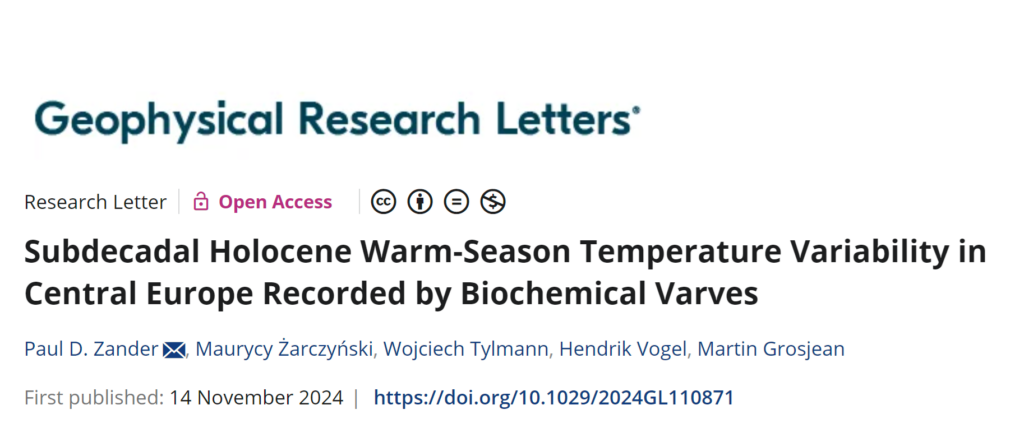
From 2014 to 2024, there hasn’t been a year without at least one published paper about Lake Żabińskie. In the latest publication, we examine the variability of warm season temperatures throughout almost the entire Holocene with exceptionally high, 3-year resolution, all based on varied sediments and µXRF scan results. We invite you to read it! […]
November lecture for high-school
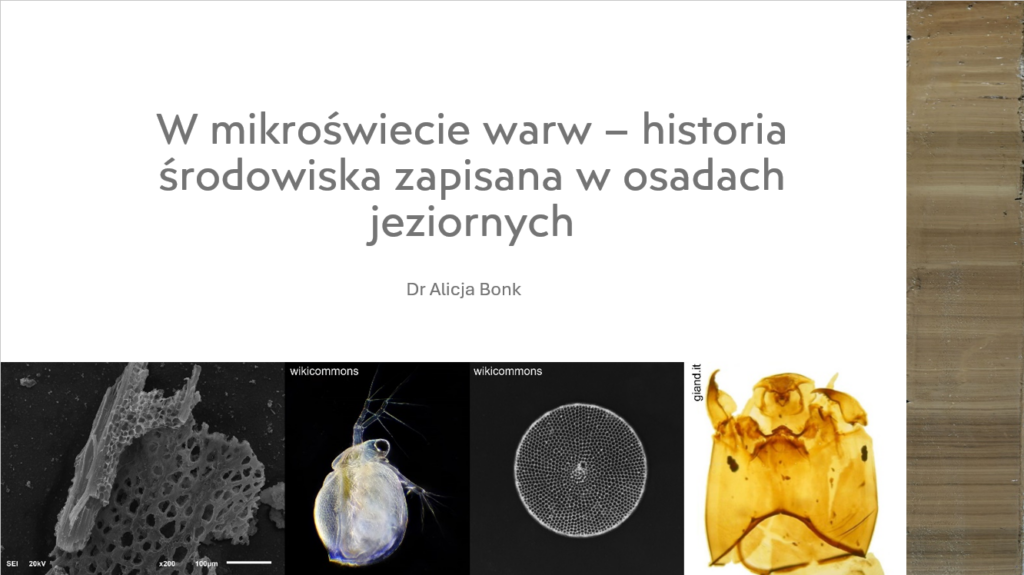
Our Department strives to demonstrate social engagement and initiative, especially towards younger science enthusiasts. On November 7th, we hosted students from the I Academic High School named after Distinguished People of the Sea in Gdynia. They visited us to learn about lake sediments and varves by participating in the classes titled “In the Microcosm of […]
Publication in Climate of the Past – 3000 years of NAO changes

High-resolution, multiproxy studies of the sediments of Lake Schweriner See (the fourth largest in Germany), in which Sambor Czerwiński also contributed, made it possible to reconstruct large-scale atmospheric processes of the last 3,000 years. The results suggest variability in the North Atlantic Oscillation, NAO. Prior to about 1850, productivity in Lake Schweriner See was mainly […]
EAA conference – Rome 2024
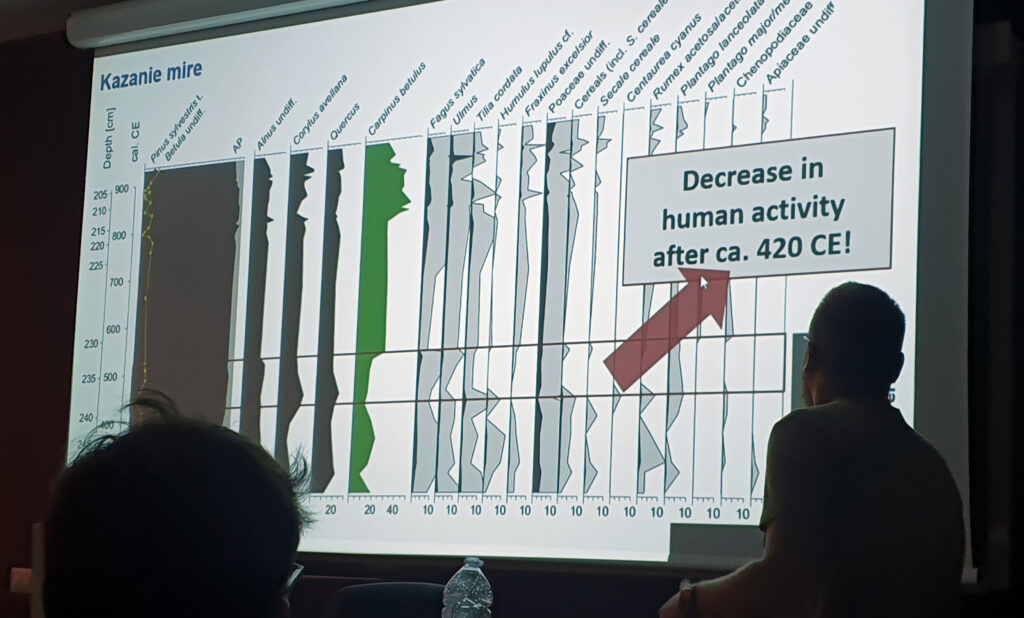
Last week Sambor Czerwiński attended the conference ‘30th European Association of Archaeologists Annual Meeting in Rome, Italy’ where he presented a paper entitled ‘New findings on human impact in Greater Poland during the Migration Period based on high-resolution palaeoenvironmental reconstructions’. Despite sweltering temperatures and other adversities such as the lack of a presenter, Sambor presented […]
Greenland 2024 expedition
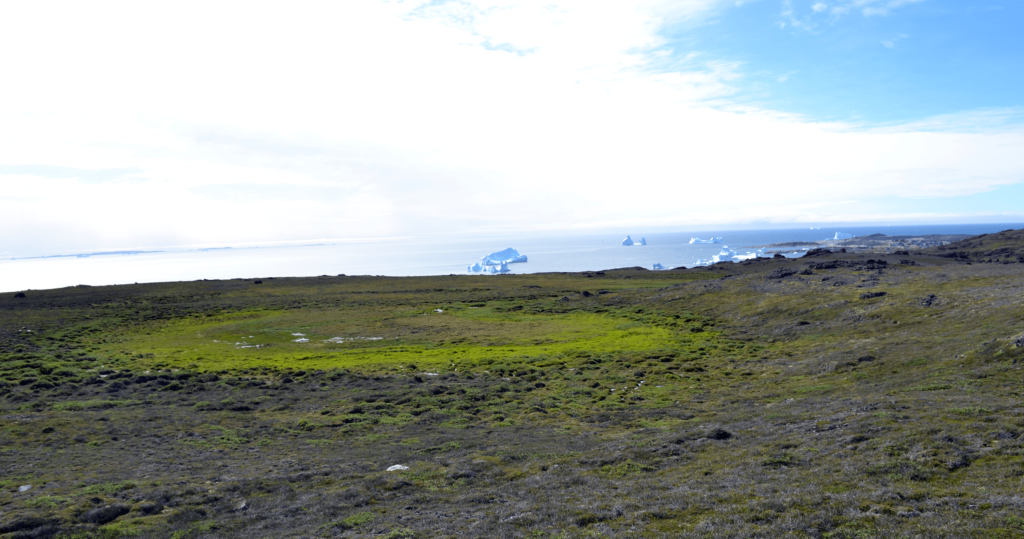
Sambor Czerwiński, Katarzyna Marcisz (UAM, expedition leader) and Luke Andrews from the University of York conducted field research from July 25 to August 6 in Qeqertarsuaq in West Greenland (Disko Island 🕺🏻), where they were hosted at the Arctic Station.Amazing basalt relief, tundra, glaciers and icebergs are only part of the attractions. In addition, the […]
Nature Communications publication – 4.2 ka event
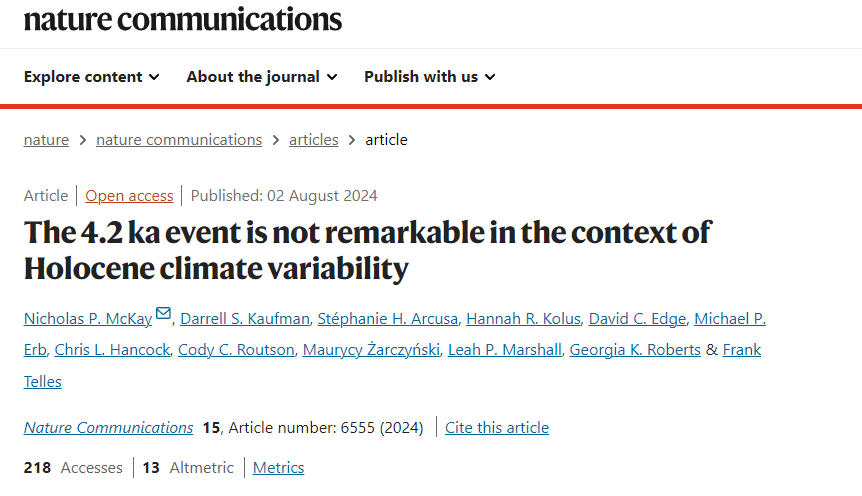
Was the ‘4.2 ka event’, known from many natural archives, unique in the Holocene? A paper just published in Nature Communications entitled ‘The 4.2 ka event is not remarkable in the context of Holocene climate variability’ is an attempt to answer this question. The co-author of the article is Maurycy Żarczyński from our department. The […]
Quaternary Science Reviews publication

In the latest publication, which was written in collaboration with the Faculty of Biology at the University of Gdańsk and the GEOPOLAR laboratory at the University of Bremen, we analyzed the Holocene water level fluctuations recorded in Lake Suminko. Multivariate sediment analyses indicate that variations in water levels in the reservoir were primarily influenced by […]